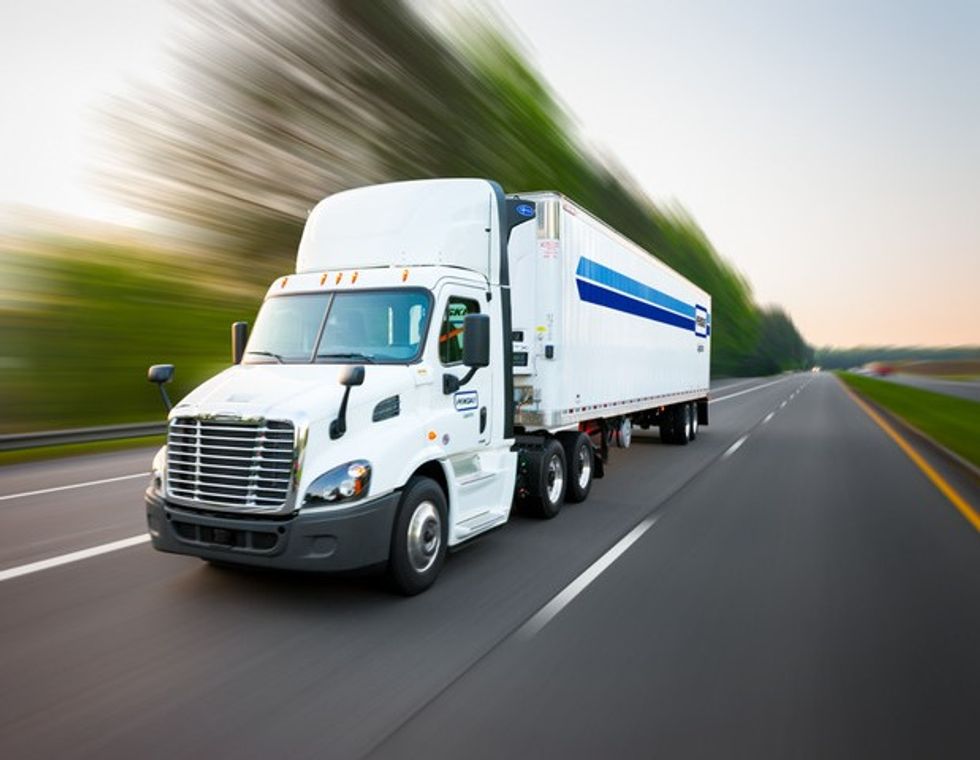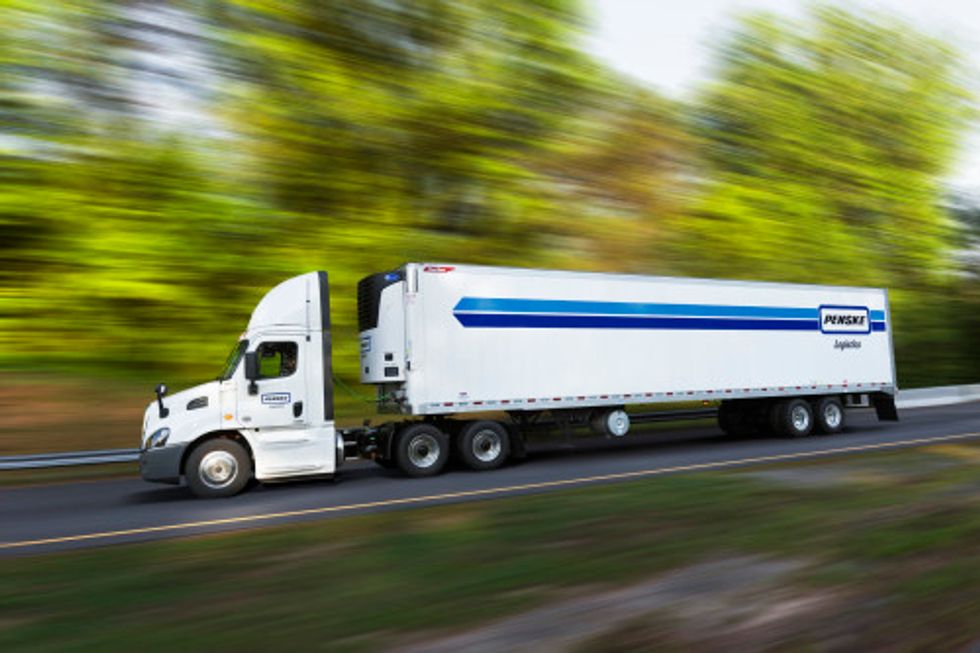
Transportation-Related Food Safety Act Rule Expected Soon

The proposed rule dictates a number of specific requirements, ranging from materials used to hand washing. While the rules are not expected to specify use of particular technologies, they are likely to require more data recording and tracking throughout the food and beverage supply chain.
FDA has said the rule would establish requirements for:
Vehicles and transportation equipment: The design and maintenance of vehicles and transportation equipment to ensure that it does not cause the food that it transports to become contaminated.
Transportation operations: The measures taken during transportation to ensure food is not contaminated, such as adequate temperature controls and separation of food from non-food items in the same load.
Information exchange: Procedures for exchange of information about prior cargos, cleaning of transportation equipment, and temperature control between the shipper, carrier and receiver, as appropriate to the situation.
For example, a carrier transporting bulk liquid non-dairy foods would want to ensure that vehicles that have previously hauled milk will not introduce allergens into non-dairy foods through cross-contact.
Training: Training of carrier personnel in sanitary transportation practices and documentation of the training.
Records: Maintenance of written procedures and records by carriers and shippers related to transportation equipment cleaning, prior cargos and temperature control.
Waivers: Procedures by which the FDA will waive any of these requirements if it determines that the waiver will not result in the transportation of food under conditions that would be unsafe for human or animal health and that it is in the public interest.
The requirements likely are in line with best business practices most facilities already adhere to, but to prepare for the rules, shippers and logistics providers can begin identifying potential risk areas within the supply chain and either creating or perfecting their record-keeping systems.
By "Move Ahead" Staff